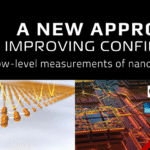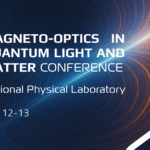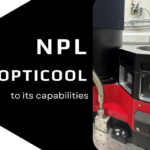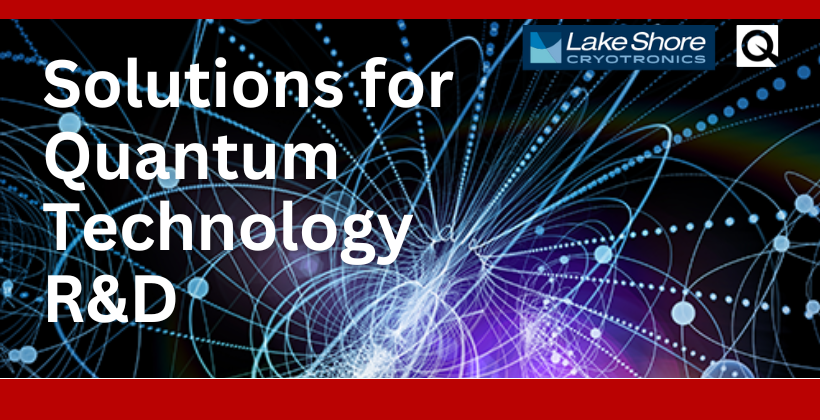
From Lake Shore Cryotronics
What does quantum technology do?
Quantum technologies leverage principles from quantum mechanics, a fundamental theory in quantum physics that describes the behavior of matter and energy on the scale of atoms and subatomic particles. As we continue to harness the unique properties of quantum systems, a variety of quantum technologies have emerged, spanning computing, communications, and sensing, among others.
What are types of quantum technologies?
Quantum computing
Quantum computing is used to solve problems that are computationally infeasible for classical computers. Examples include factoring large numbers (which has implications for encryption), simulating quantum systems (useful for drug discovery and materials science), solving optimisation problems, and more.
Quantum cryptography and communication
Quantum key distribution, or QKD, involves creating and distributing encryption keys in such a way that any eavesdropping can be detected. Quantum secure direct communication, or QSDC, sends information directly without the need to generate and distribute a secret key. And quantum repeaters/quantum internet extend the range of quantum communication, eventually forming a network for securely transmitting quantum information across the globe.
Quantum sensing and metrology
Achieve ultra-precise measurements by harnessing quantum superposition and entanglement. High-precision atomic clocks, magnetic field sensors, and gravitational wave detectors are all examples.
Quantum imaging
Discovering new imaging modalities that can work under conditions where classical imaging fails. Examples include ghost imaging (where an object can be imaged without light directly interacting with it), super-resolution imaging beyond the classical diffraction limit, and quantum lidar.
Quantum simulation
Simulate complex quantum systems that are difficult or impossible to study analytically or simulate classically. These simulations can include molecular interactions for drug discovery, studying quantum phase transitions, and understanding high-temperature superconductors.
Quantum networking
Creating a network where quantum information is processed and exchanged, paving the way for a quantum internet. Parts of doing this include remote quantum computing tasks, distributed quantum sensing, and interconnecting quantum computers for more power.
Cryostats for trapped ion & neutral atom research

- Precisely engineered LHe and LN2 cryostats and cryogen-free cryostats optimised for trapped ion and neutral atom quantum simulation experiments performed under ultra-high vacuum
- Multi-directional optical access and short working distance options
- Ideal for quantum material spectroscopy research
- Can be adapted to fit the size of a UHV chamber
- Low-vibration cryogen-free versions are available
- Available with RF cabling and feedthroughs
- Base temperatures as low as less than 4 K
- Low-temperature versions highly suited for prescreening qubit device designs

Cryogenic temperature sensing, control, and monitoring solutions, including:
- Ultra-low temperature (ULT) Rox™ ruthenium oxide RTD sensors and industry-leading Cernox® thin-film RTDs
- Model 372 AC resistance bridges for precision control of dilution refrigerators that operate at <10 mK
- Controllers with up to eight inputs and four independent control outputs
- Monitors with up to 12 independent sensor channels

Cryogenic probe station measurement platforms
- Precisely controlled environments for on-wafer characterisation of device samples as a function of variable temperature and field
- Designed for RF, microwave, DC, and electro-optical measurements on up to 6 probe arms
- Choice of liquid cryogen-based and cryogen-free stations
- Sample temperatures as low as 1.6 K possible
- Magnet-equipped models for fields as high as ±2.5 T
- High-temperature (675 K) and high-vacuum (10‑7 Torr) options, sample stage rotation, backside optical access, and larger sample sizes
- Load-lock and specialised suitcase options available for faster exchange of delicate samples
Applications include:
- Evaluating new qubit device designs at cryogenic temperatures while generating millimeter-wave signals to fully characterise electronic behavior
- Sampling I-V and C-V curves over a wide range of temperatures
- Measuring microwave and electro-optical responses
- Characterising magnetotransport properties in variable magnetic fields
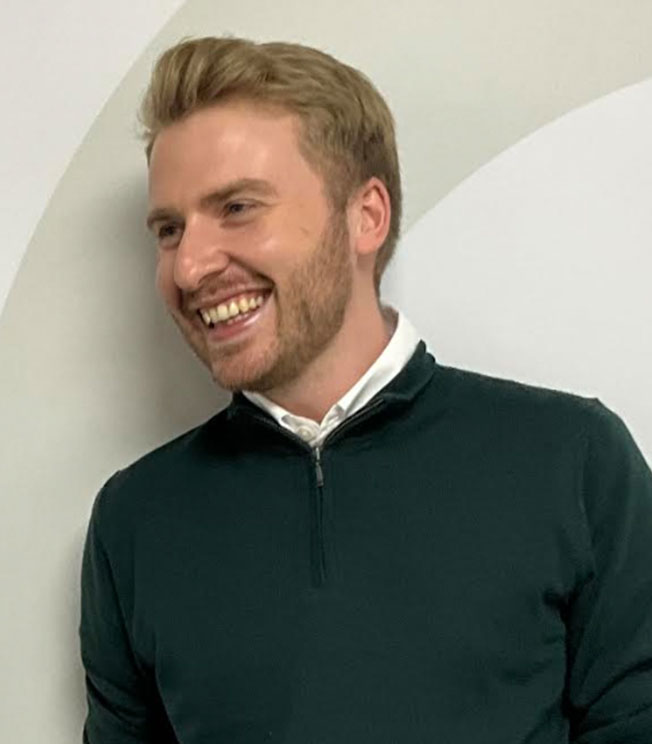
To discuss the Lake Shore Sensors, Monitors and Controllers, please contact Dr. Alex Murphy by email or call (01372) 378822.
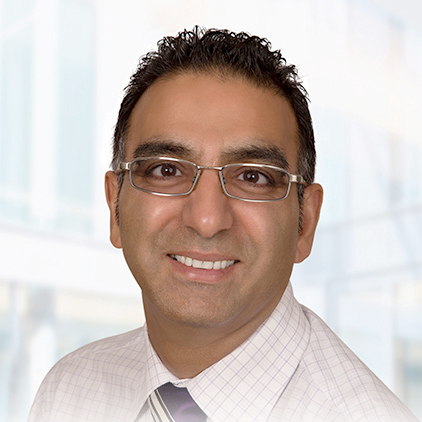
To discuss the Lake Shore Cryostats, please contact Dr. Shayz Ikram by email or call (01372) 378822.




